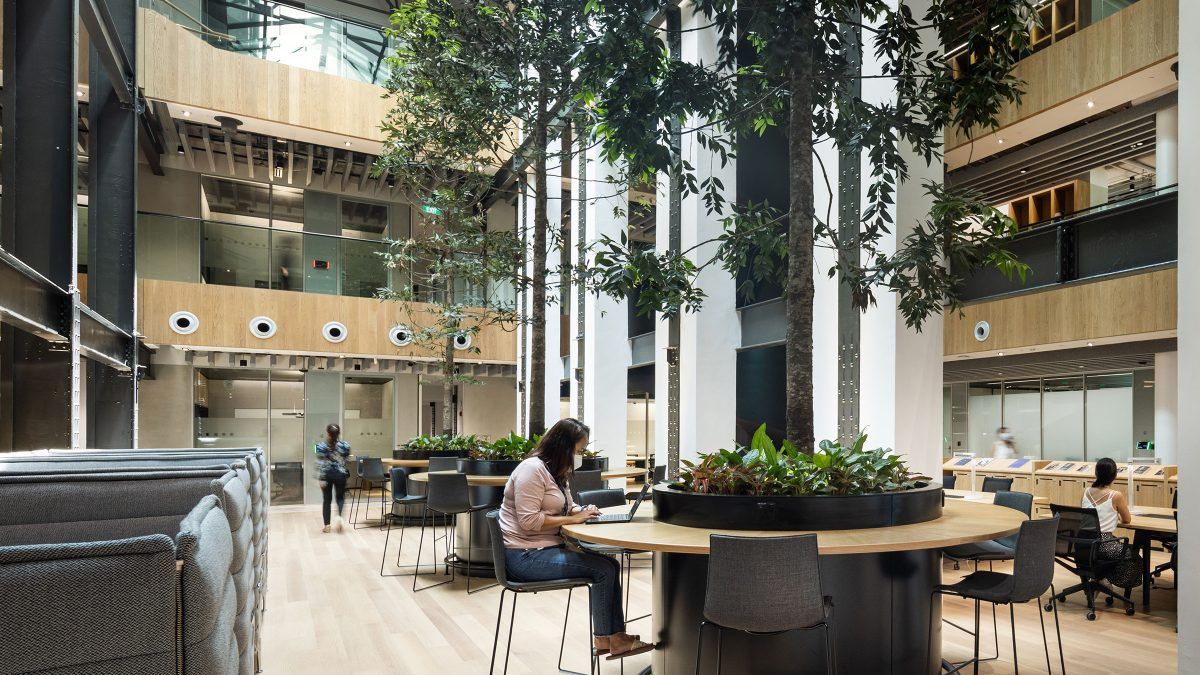I came across an older set of findings from 2007 but I suspect it still rings true, provided the environments are not too noisy:
Research has shown that working in rooms with high ceilings can stimulate abstract thinking and creativity, which is crucial for innovative problem-solving.
The perception of spatial freedom in high-ceiling environments helps people feel liberated and supports higher-level cognitive processing.
In contrast, lower ceilings are more conducive to focused and detailed work, creating a perception of constraint that encourages attention to detail.
Has that been your experience as well?
𝐒𝐨𝐮𝐫𝐜𝐞: Meyers-Levy, J., & Zhu, R. (2007). “The Influence of Ceiling Height: The Effect of Priming on the Type of Processing People Use.” Journal of Consumer Research.
HighCeilings AbstractThinking CreativityBoost WorkspaceDesign InnovativeSpaces CRE




